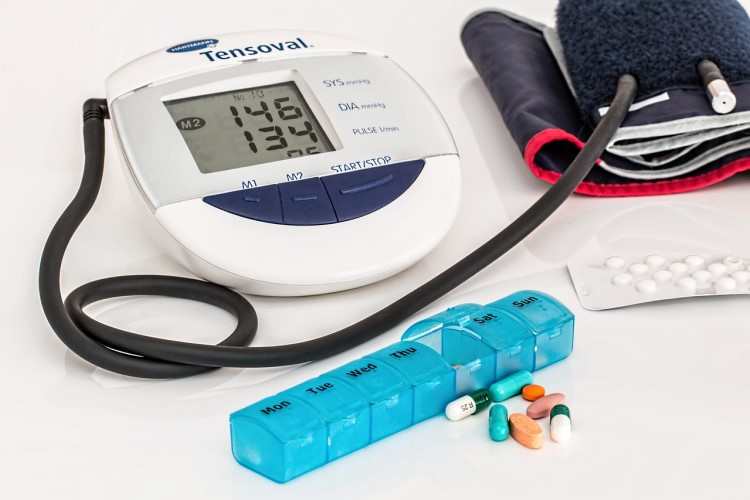
This is the most important rule. “Hasn’t it been drilled into us that using face serums and eye creams on cleansed skin boosts their efficacy?” you ask. The skin isn't a dusty tabletop that needs extra scrubbing to get clean. Oils and sweat on the skin are mistakenly considered dirt, though they form a ‘paint’ overlying the stratum corneum — an essential part of your skin barrier.
When you completely remove this 'paint' every time you wash, the stratum corneum is laid bare. Overproduction of oil in oily skin, while dehydration, redness or flaky patches occurs on dry skin.
How do you effectively and safely cleanse? Below are the guidelines.
Frequency
Cleanse your face twice daily, i.e., morning and night. Night-time wash-ups are mandatory. After enduring environments with wind & sun; makeup, sunscreen; bacteria, dead skin cells, and oil building up throughout the day —missing a night cleanse means allowing unwanted debris to settle in pores causing inflammation. Use a mild cleanser at night, refraining from vigorous towel scrubbing. Just splash water on your face in the morning. If you perspire a lot—whether during summers or after physical activity, add one more cleansing session.
Shower according to season: in winter, every 2–3 days (once a week for the elderly); in summer or after exercising frequently, daily showers can be taken.
Time Limit
Facial cleansing should not last longer than 3 minutes. Keep your showers under 15 min; baths to be concluded in 20 — approximately the duration of 3-5 songs. Foot sweats are ideally soaked for less than 30 minutes.
Using Mild Products
Use gently acidic cleansers that are in harmony with your skin’s natural pH (4.5-6.5). Oily skin: pH 5.6–6.0; dry skin: pH 4.5–5.0; normal skin: pH 4.5–5.5 Therefore, warm water should suffice for intimate area care. Do not use marketed intimate hygiene products as evidence exists that they disturb the microbial balance, thus increasing inflammation and infection risks.
Targeted Use
Different parts of the skin. When using cleansers, give preference to greasy and sweaty sections such as sides of nose, mouth, underarms, chest and back. Other parts require a gentle hand - don't "over apply."
If you're looking to personalize further, see the table with specific ingredients for different skin type in cleansers.
 What factors trigger anti-aging repair mechanisms?
What factors trigger anti-aging repair mechanisms? Lack of sleep emerges as a major trigger for heart disease
Lack of sleep emerges as a major trigger for heart disease The health hazards of prolonged use of electronic products
The health hazards of prolonged use of electronic products The Science of Walking: Speed & Stance
The Science of Walking: Speed & Stance How to Select Ergonomic Chairs for Lumbar Spine Protection
How to Select Ergonomic Chairs for Lumbar Spine Protection Diet, exercise, and stress management can also improve gut microbiota
Diet, exercise, and stress management can also improve gut microbiota Health Check: Weekly Average Step Count and Distribution
Health Check: Weekly Average Step Count and Distribution The Science Behind Ergonomic Chairs You Should Know
The Science Behind Ergonomic Chairs You Should Know Should You Take Calcium Supplements and How?
Should You Take Calcium Supplements and How?













